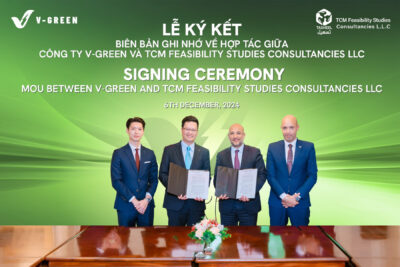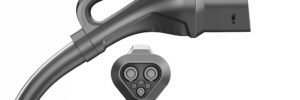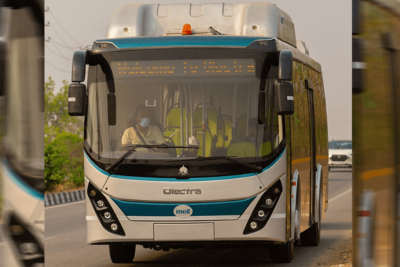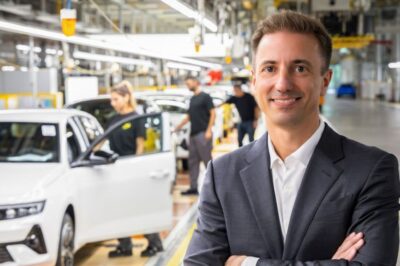Chinese electric vehicle (EV) makers like BYD, Chery, Geely, and SAIC are shaking up the automotive market in Mexico. With stylish, tech-packed cars and competitive pricing, they’re attracting attention in a country where air pollution and rising fuel costs make EVs a practical choice.
Why Mexico Is Embracing EVs
Mexico City’s infamous smog and strict driving restrictions on high-pollution days give EV owners a big advantage—they’re exempt from these bans. Take the BYD Dolphin Mini, for example. It’s more than just an electric car; it’s a ticket to unrestricted driving. On top of that, EVs offer lower operating costs. In Mexico, electricity is about 70% cheaper than gasoline, making EVs a budget-friendly choice in the long run.
“Electricity is cheaper than gas. You can make up the difference,” says Daniela Alvarez, a salesperson at a BYD dealership.
EV sales in Mexico are still small—about 2% of total car sales—but they’re growing fast, up 40% compared to 2023. Chinese brands have seized the moment, building dealerships and planning local factories to expand across Central and South America. Their ambition is clear: they aim to challenge long-standing leaders like Toyota in markets like Brazil.
The China-Mexico-US Connection
While Chinese automakers currently focus on Mexico, their eyes are set on the United States. High tariffs have kept Chinese EVs out of the US market for now, but Mexico could become a backdoor for these affordable vehicles to enter North America.
US tariffs on cars built in Mexico are much lower—just 2.5% compared to the 100% levied on vehicles made in China. However, potential policy changes could complicate things, as both the US and Mexico weigh the economic and political impact of Chinese competition.
What Makes Chinese EVs Stand Out?
Chinese carmakers have transformed their image over the past two decades. Once criticized for poor quality, they now lead the way in battery technology, autonomous driving, and entertainment systems. Models like the BYD Song and Shark hybrid are giving established players like Toyota serious competition by offering similar features at significantly lower prices.
In Mexico, Chinese brands now hold a 9% market share, up from virtually zero just five years ago. Their success can be attributed to delivering what customers want: reliable, affordable vehicles with modern technology.
The Bigger Picture: Global Expansion
China’s auto industry has quickly overtaken Japan as the world’s largest exporter of cars. By establishing a strong presence in markets with fewer trade barriers, like Mexico, Thailand, and Brazil, Chinese automakers are setting the stage for global dominance.
Western automakers, meanwhile, are feeling the heat. General Motors has reported significant losses in China, and Volkswagen is under pressure to keep up with the rapid pace of innovation from Chinese competitors.
The Future of EVs in North America
As Chinese automakers push into Latin America, the question remains: will they eventually enter the US market? Analysts suggest it’s only a matter of time. While tariffs and trade barriers may delay their arrival, the growing demand for affordable EVs could force the US to reconsider its stance.
For now, Mexico is at the forefront of this EV revolution, with Chinese automakers leading the charge. Whether you’re an EV enthusiast or a casual observer, it’s clear that these brands are here to stay—and they’re changing the game.









